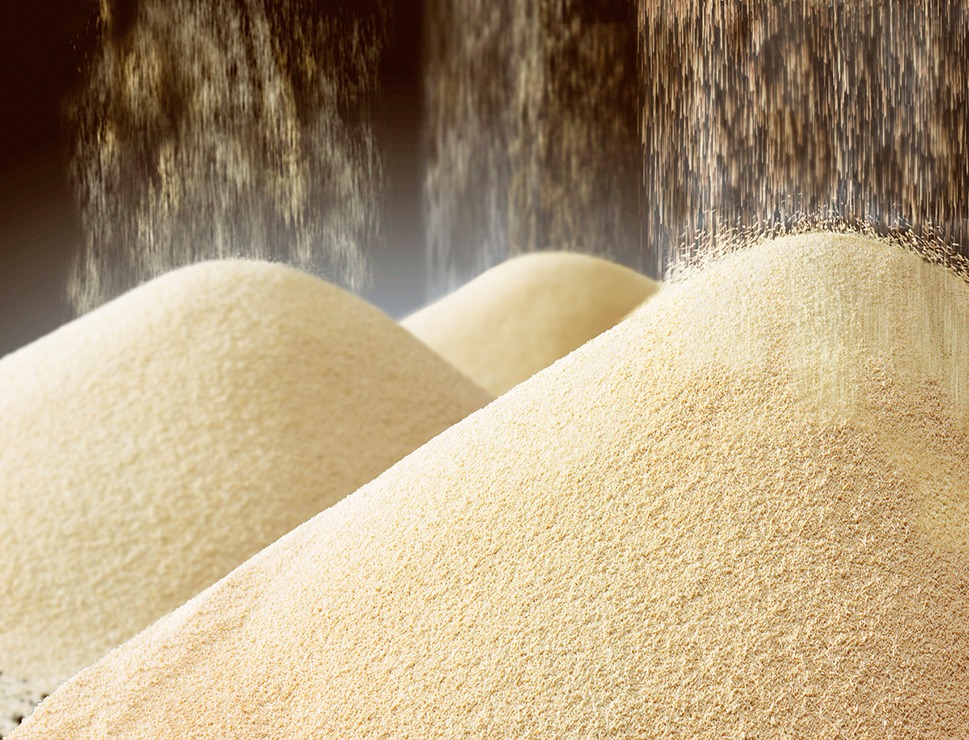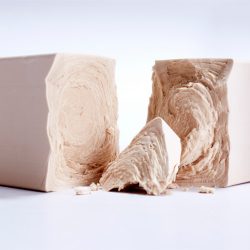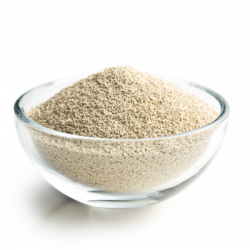FRESH, COMPRESSED, FROZEN OR DRY YEAST – A BAKERS GUIDE
What Yeast is Suitable for Your Kitchen?
Yeast is a tiny, fragile living microorganism which has an exceptional role in baking. But which yeast do you use to bake the best products in your business? That depends on your kitchen and storage facilities and your baking requirements.
Some types of yeast can be interchanged in recipes, however others will only work for certain purposes. Here are some basic insights into this amazing product, to help you determine which type of yeast will rise to the occasion for your baking needs.

Fresh Yeast
Fresh yeast can also be known as liquid yeast or cream yeast and offers several advantages. Cream yeast is more concentrated than dry yeast, disperses evenly into dough and allows for perfect control over the fermentation. Liquid yeast is easy to measure and retains its temperature until the dispensing stage in baking. Fresh liquid yeast requires constant refrigeration and strict health and safety storage conditions, and has a short shelf life.

Compressed Yeast
Compressed yeast is fresh cream yeast formed into small blocks, comprising 30% solids and 70% water, so it is very compact which limits its contact with oxygen. It can be dissolved in liquid to help it disperse into dough but it is easy to crumble and add straight into dough during the mixing process. Compressed yeast must be stored at a cold temperature in the refrigerator and has a short shelf life, however it can be frozen. This yeast has quite a robust flavour and is a favourite in breads. Compressed yeast is preferred by modern bakeries.

Frozen Yeast
Frozen yeast is popular for improving the stability of frozen dough and is sought after as the demand for frozen products increases. Lesaffre offers frozen yeast that can be mixed straight into dough without being thawed first, therefore offering the benefits of fresh compressed or liquid yeast with the convenience of dry yeast. It has stable fermentation power over long periods and is resistant to the thermal shock of deep freezing. Frozen yeast needs to be kept frozen until it is needed for baking.

Dry Yeast
Dry yeast is made by removing the water from fresh yeast and grinding it down into fine granules. There are two main types of dry yeast – active dry yeast and instant (or rapid-rise) dry yeast. Active dry yeast must be proofed prior to using. Instant dry yeast was a breakthrough developed by French manufacturer Louis Lasaffre in the 1970s and comprises smaller granules and a porous surface area than active dry yeast so absorbs liquid quickly and therefore it works fast. It doesn’t need activation prior to using and can reduce the rising time in traditional baking by up to 50%.
Dry yeast is convenient as it has a longer shelf life than fresh yeast, doesn’t require refrigerated storage and is easy to transport. Being simple to use, it can be mixed into dough straight away and requires only a short mixing time. Also, usage is 3-4 times less than compressed yeast. Dry yeast must be kept away from ice or icy water.
Looking for a yeast product for your business? Contact Lesaffre, the leader in yeast and baking products across the world, to discuss which yeast solution will work for your commercial bakery.


